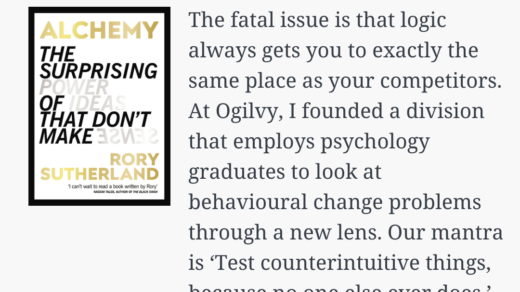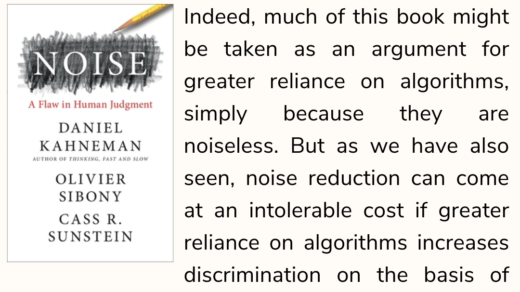From these insights, a theory of motivation has emerged: The first step in creating drive is giving people opportunities to make choices that provide them with a sense of autonomy and self-determination. In experiments, people are more motivated to complete difficult tasks when those chores are presented as decisions rather than commands. That’s one of the reasons why your cable company asks all those questions when you sign up for service. If they ask if you prefer a paperless bill to an itemized statement, or the ultra package versus the platinum lineup, or HBO to Showtime, you’re more likely to be motivated to pay the bill each month. As long as we feel a sense of control, we’re more willing to play along. This is a useful lesson for anyone hoping to motivate themselves or others, because it suggests an easy method for triggering the will to act: Find a choice, almost any choice, that allows you to exert control. If you are struggling to answer a tedious stream of emails, decide to reply to one from the middle of your inbox. If you’re trying to start an assignment, write the conclusion first, or start by making the graphics, or do whatever’s most interesting to you. To find the motivation to confront an unpleasant employee, choose where the meeting is going to occur. To start the next sales call, decide what question you’ll ask first.
On motivating ourselves. In one of my previous posts, I wrote about how we could motivate employees by providing them autonomy over their workplace environments and decisions. Now, what happens when we have to motivate ourselves?
Its about framing things such that we have a choice, and doing something that allows us to have control. When we’re stuck with a big assignment in hand, we can always frame a simple choice we can take (maybe what word processing software to use) to get the ball rolling.
Never ever let ourselves get into a position where we feel a distinct lack of freedom over our choices. That is when the downward spiral begins.



